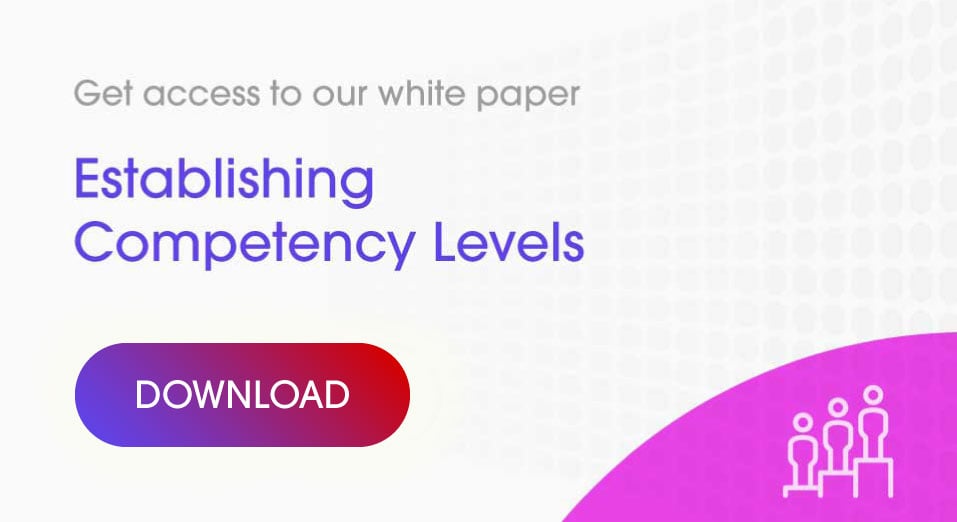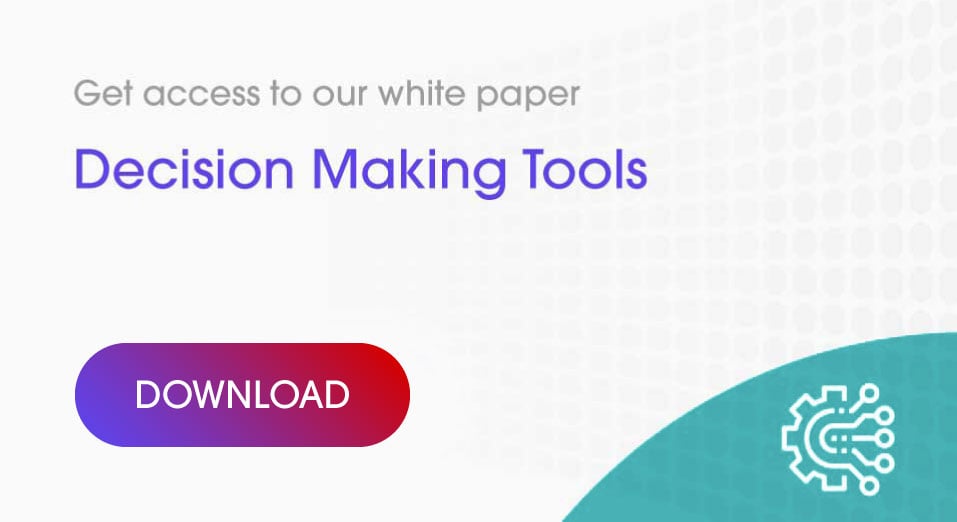The transition from product centric to customer centric, or more specifically ‘patient centric’, is espoused at seemingly all industry conferences and award ceremonies these days, and the reality is clear that such a transition is a tough gig. It is going to take some time to get there and get it right.
Patient Services offers pharmaceutical companies a tremendous opportunity—for those willing to invest in the right places and let patients know about them in the right way. [Accenture 2016]
However, we have made some progress and there are some great examples being shared from some of the big pharmaceutical giants and from others like Leo Pharma, being led from the top and a way of doing business every day by everybody. We also have a lot of patient centric passion and activity within all our organisations that provide a wonderful springboard.
The first challenge is that change has come about due to a ‘push’ from the market place. No one likes to be forced to change.
However, this is not a new phenomenon but rather a common market dynamic. Due to the structure of our industry and our place in an interwoven complex web of government regulation, ethics, R&D and basic human rights, along with demanding shareholder expectations and self-serving livelihood interests, it is no wonder that this transition is currently at a glacial pace.
The good news is that the evolution is definitely in play and it is exciting times to be in pharma.
So what are the challenges facing our industry during this transition and how can we learn from other industries?
“Been There, Done That” – Customer Centric Transition To-Dos
Here is a short subjective summary of the ’to-dos’ taken from theory and publically available presentations to inspire some thoughts.
- Have a clear organisation strategy and link accountability metrics to customer satisfaction not just product sales [e.g. NPS]
- Focus on customer lifecycle versus a product lifecycle;
- Shift from selling ‘one-size-fits-all’ products and services to solving problems (customised or personalised solutions – digital technologies have played a huge role in this shift enabling personalisation to be cost effective. See Zappa, Dell, Amazon and more);
- Use technology to shift to a continuous dialogue and longer engagements with customers that start pre-product experience and make it available to all customers, not just high-end customers (Burberry, Apple, Amazon and more);
- Shift decision making down the organisational line and empower frontline staff, equipped with the know-how and resources, to make decisions and ensure superior Customer Experience (Cx) every time (Four Seasons Hotel and others);
- Shift from a one channel to an omni-channel approach – an integrated multichannel Cx that includes self-service, full service, mobile, face-to-face and so on to meet customer needs.
- And lastly, transition from a complex rigid hierarchical operation model and culture, to a more collaborative cross-functional modular approach.
Patient Journey Mapping – The Key to Patient Centricity
A Patient Journey describes all the sequential and interrelated steps in a patient’s journey from the discovery of illness to treatment pathways.
This may include clinical and non-clinical steps. A Patient Journey can explore the interaction between the patient and the healthcare providers (HCPs) in all stages of a disease; coping with treatment and dealing with expectations, and interaction with and between different stakeholders, and the associated administration challenges.
Patient Journey Maps are a graphical representation of the journey, a way to highlight:
- pain points,
- gaps in knowledge,
- dead-ends,
- frustrations, and
- opportunities to improve the experience.
Patient Journey mapping is a critical activity to delivering a targeted and valuable patient service.
Further to uncovering administration blocks, access or diagnosis challenges, the Patient Journey Map should also capture the emotional journey. The emotional state of the patient and other stakeholders will impact on whether your service is fit for purpose and valued.
If not designed with this in mind, all your good intentions and investment will simply result in frustration, mistrust and poor adoption. I recall one example from experience and the role the patient’s daughter played in the patient’s journey. The patient shared that if his daughter had not made it clear how important it was for him and her that he seeks treatment, he would never have gone to the physician in the first place.
If done right, a Patient Journey Map combines data and research from a number of different sources and is validated.
A quick overview of the steps to journey mapping:
- Map your existing scenario
Put down what you already know. Make it digital so you can update it frequently and share easily. There are many Apps out there to help you. - Add qualitative data from a broad cross-functional team.
You will be surprised what information is available in various functions with your organization. - Ensure you add any repetitive loops, blocks, dead-ends.
Don’t forget to add friends and family. Interview, hold focus groups, market research, conduct immersion activities. Do everything you can to get deeper information. Colour code the stakeholders on your map for ease of reference. - Add quantitative data and validate any assumptions.
- Do a final review and clean up.
- Now make it a living asset that is continuously updated and reviewed.
The insight discovery process.
Critical Success Factors for the Patient Centricity Transition
So what does this mean for pharma?
- First and foremost, develop a clear strategy (organisational and operational) to: give clarity and alignment across the organisation’s functions; align the performance measures; and to harness all energies to achieving patient outcomes.
- Visible commitment and sufficient investment from the leadership team such as the recruitment of anthropologists, behavioural scientists, psychologist etc. in order to actively listen and understand patients and their needs.
- Culture will be driven by the first two and cultural changes take time: raise awareness, communicate and be transparent with activities and results. However, it is also important that some one or function needs to own or be leading the patient experience – to be the voice of the patient and ensure coordinated effort.
- Actively listen and engage with patients, advocacy groups and importantly get out of the office, don’t just engage in traditional market research. Blend data together to find new insights and understand your patient journey deeply.
- At a more granular level, remember to tell the patients what you are offering and how it will help them. I recall the Accenture research of 2015, that revealed that out of 10,000 patients, only 1 in 5 actually knew about the patient support services existed. I hope this number has improved. However, this was more than likely a symptom of relying on our HCPs to relay the information to patients. If we continue to do this, due to compliance and regulation, then we will need to include patient outcomes that are directly tied to the combination of product and services, in HCP education material. The clinical trial results links the two to greater improved patient outcomes would be very compelling.
- Start measuring patient outcomes. If we are truly going to be patient centric, then measure and be transparent about patient outcomes. This means finding new data. Not only through market research, but co-operating with non-industry partners, collaborative projects and crowd sourcing are all examples of where patient information can be obtained.
- While this list is not exhaustive, this last point is the big-hairy one: insights must drive decisions, adaptations and the development of new products and services. The patients will inform the work that we do. No excuses.
Are we ready?
Why no explore how Actando’s solutions and the team of industry experts can help you on your transition to patient centricity?
The Actando Consulting Team





.jpg?t=1491994604881&width=850&name=Untitled%20design%20(51).jpg)
.jpg?t=1489404869036&width=850&name=Untitled%20design%20(41).jpg)
.jpg?t=1486049459073&width=850&name=Untitled%20design%20(35).jpg)




